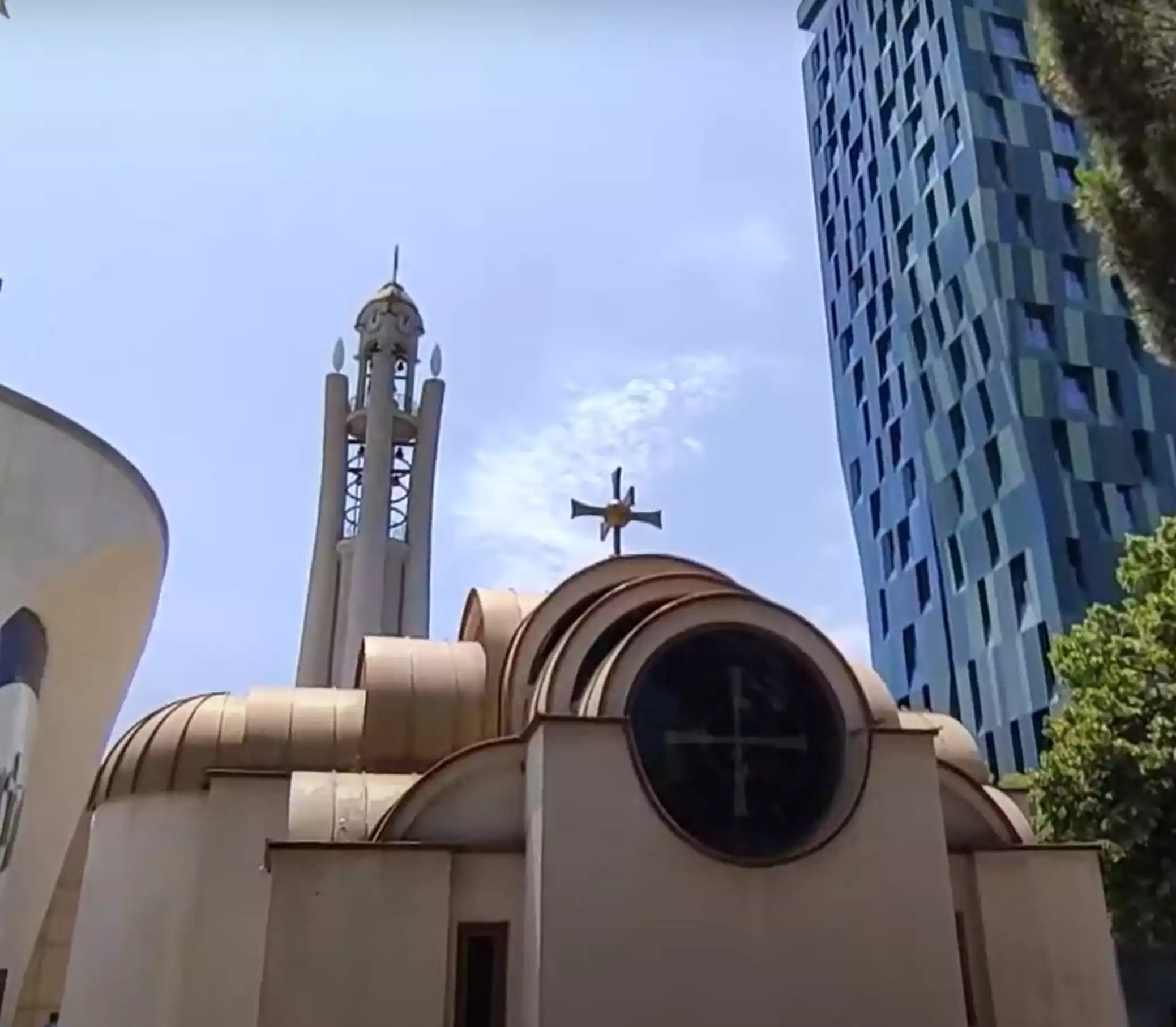
The Eastern Orthodox Church of Albania, known in Albanian as Kisha Ortodokse Autoqefale e Shqipërisë, is a pivotal religious institution in Albania. Recognized as an autocephalous church by the Ecumenical Patriarchate of Constantinople in 1937, it forms an integral part of the Eastern Orthodox communion. This article delves into the historical journey and contemporary structure of this esteemed church, tracing its origins, challenges, and resurgence in the modern era.
Historical Foundations and Byzantine Era
The roots of Christianity in Albania trace back to the Apostolic Age, particularly linked to the missionary activities of Apostle Paul. The earliest concrete evidence of a Christian community in the region is the martyrdom of Bishop Astius in Dyrrachium (modern Durrës) in 98 AD. Dyrrachium, a significant episcopal see, was under the jurisdiction of the Ecumenical Patriarchate of Constantinople during the 11th to 13th centuries. Notable bishops like Laurentius (1025), Constantine Kavasilas (1180), and Romanos (1240) led the diocese before it transferred under the Archdiocese of Ohrid by 1280.
The Byzantine era saw prominent figures like Saint John Koukouzelis, a noted Byzantine musician from Dyrrachium, and saints like Nephon and Neïlos, who led ascetic lives in the 14th century. This period was marked by religious and cultural flourishing under the Byzantine influence.
Saint Cosmas of Aetolia, another key figure, undertook his missionary work in Albania between 1775-1779, culminating in his martyrdom in Berat. The Orthodox presence in Albania faced various challenges over the centuries, especially during the Ottoman rule and the subsequent national awakening.
In the late 19th and early 20th centuries, figures like Saint Prokopios Lazaridis, Metropolitan of Dyrrachium from 1899 to 1906, played a vital role in spiritual education and supporting the crypto-Christians in Northern Epirus. His efforts in addressing the Latinization of Orthodox Christians in Bosnia and Herzegovina highlighted the church’s engagement beyond its immediate geographical boundaries.
The chapter further explores the resilience of the Orthodox Church in Albania through various historical upheavals, particularly emphasizing its role in preserving religious and cultural identity amidst changing political landscapes. This historical narrative sets the stage for understanding the church’s contemporary structure and its impact on the spiritual and cultural fabric of Albania.
Revival and Current Developments
Following a period of intense suppression during communist rule in Albania, the Eastern Orthodox Church faced a monumental task in its revival post-1991. This resurgence, after the nation declared religious freedom, signified a new chapter for the church. Central to this renaissance was the reorganization and revitalization of the Church’s structure and functions, a process significantly aided by the support of the Ecumenical Patriarchate of Constantinople.
This era witnessed the rehabilitation of the Church’s infrastructure. The resurrection of over 370 churches, including the construction of 150 new ones and the restoration of 60 monasteries and churches, marked a physical manifestation of this revival. Additionally, the church focused on cultivating spiritual leadership, addressing the dire need for clergy through the ordination of new priests and deacons.
A pivotal achievement in this revival is the Resurrection Cathedral in Tirana, a modern symbol of the Orthodox Church’s renewal and presence in Albania. The church now serves approximately 792,000 faithful, spread across 916 parishes, showcasing its significant recovery and growth.
The Eastern Orthodox Church of Albania’s historical journey reflects a story of resilience and rebirth. From its ancient beginnings to its reestablishment in contemporary times, the church has emerged as a crucial religious and cultural cornerstone in Albania. Despite facing numerous challenges, it has regained its position as a significant entity, contributing richly to the nation’s spiritual life.
References
- Clogg, R. (2002). “A Concise History of Greece”. Cambridge University Press.
- Vickers, M. (1999). “The Albanians: A Modern History”. I.B. Tauris.
- Winnifrith, T. (2002). “Badlands, Borderlands: A History of Northern Epirus/Southern Albania”. Duckworth.
- Papajorgji, P. (2013). “Albania: Land of the Eagles”. Berghahn Books.
